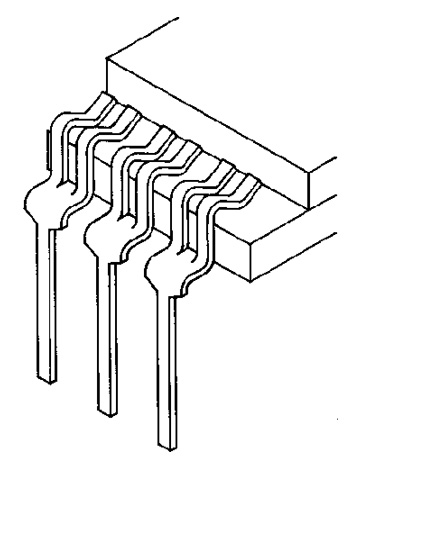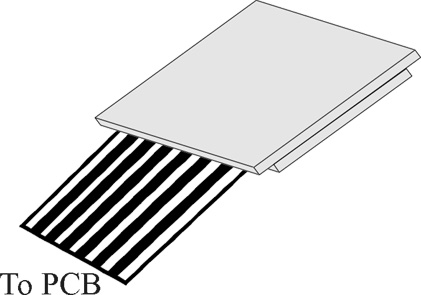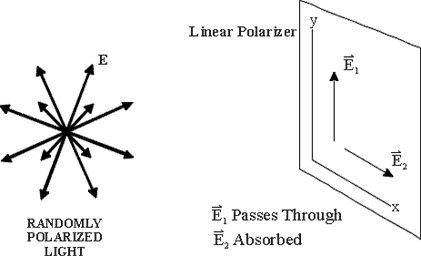
Categories:
BASIC KNOWLEDGE
2020-02-24 16:53:22
Categories:
BASIC KNOWLEDGE
2020-02-24 16:43:49
Categories:
BASIC KNOWLEDGE
2020-02-24 16:41:51
Categories:
BASIC KNOWLEDGE
2020-02-24 16:39:52
Previous page
1
Next page
Our company mainly focus on designing, manufacturing and selling TN, BTN, STN, FSTN monochrome liquid crystal display module (LCM), small and medium size color liquid crystal display module (TFT-LCM) and embedded application intelligent display products. In order to serve customers more quickly and conveniently, customers can contact us at any time by phone, email, etc. We will serve you wholeheartedly.
TEL:

Email:

Address:
No.36. Road 2, Lang fang Economic & Technical Development Zone Hebei Province, 065001, P.R.China
Copyright © 2019 Jiya (Langfang) Electronics Co., Ltd. Links:JIYA Group
冀ICP备19016384号-2 Website building:CE TANGSHAN












